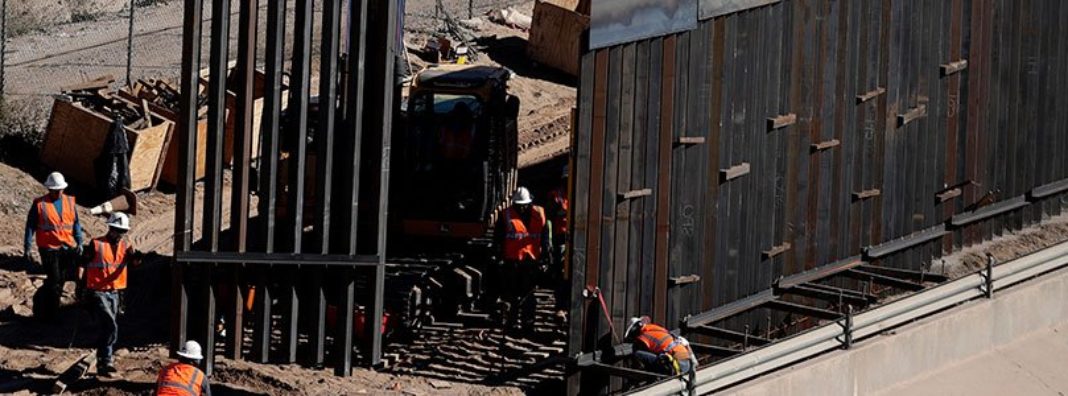
Last month, the House failed to override President Trump’s declaration of a national emergency at the border. This vote is just one flash point in an ongoing debate about immigration policy, and rightly so.
A large and growing body of research shows that building a border wall won’t be an effective solution to the immigration issues that the United States faces. Instead, policymakers should focus on expanding opportunities for people to peacefully and productively work in the U.S.
The desire to build a border wall stems from a concern for the safety of those living near the border. For example, Trump claims that those attempting to cross the southern border, or at least many of them, are dangerous. His national emergency declaration gives him the authority to move funds around as he sees fit and to ultimately build the wall.
Yet, if you ask those actually living along the border, they’ll point out how overblown claims of a national emergency are. One example is Adriana Zizumbo, a coffee shop owner in the sleepy town of Columbus, New Mexico, population 1,600. As Zizumbo puts it, “The only crisis we’re facing here is a shortage of labor. Fewer people cross the border to work than before, and Americans don’t want to get their hands dirty doing hard work.”
Adriana is not the only individual living along the southern border who is opposed to a wall. She estimates that the people of Columbus oppose the border wall by a “90-to-10” margin. Stepping back from New Mexico, in January of 2019, all nine politicians representing areas along the southern border in the House of Representatives opposed Trump’s efforts to build a wall. That’s no accident.
Systematic analysis of immigration data shows that immigration is much more a humanitarian issue than a security one. A recent study by two immigration experts published through the Center for Growth and Opportunity at Utah State University makes the case clear. They show that both legal and illegal immigrants are less likely to commit crimes than similar U.S. natives, and areas with a higher number of immigrants tend to have lower crime rates.
More importantly, however, criminal behavior is linked to economic opportunities. With tougher immigration enforcement, employment becomes harder for illegal immigrants. As illegal migrants’ economic opportunities decrease, violent crime rates tend to rise. According to the study, that is mostly due to “migrants’ growing reliance on smugglers as border enforcement increases and to a concomitant rise in drug smuggling along the border.”
In turn, facilitating the immigration process has the opposite effect. That is, crime rates tend to fall as economic opportunities increase. More specifically, the study points out that in 1986, after the Immigration Reform and Control Act legalization program was implemented, crime fell by “3 to 5 percent.”
Other recent research using data from 1850 to 1920 — a period of mass migration from Europe to the U.S. — shows that “counties with more historical immigration have higher income, less poverty, less unemployment, higher rates of urbanization, and greater educational attainment today.”
These findings can help inform today’s immigration discussion. First, building a wall along the border won’t decrease crime. Second, the implementation of a large-scale legalization program will contribute to lower crime rates. Immigrants who are able to work legally have better economic opportunities, boosting America’s prosperity as a whole.
In today’s debate about border wall funding and immigration, there is a misguided sentiment that immigrants crossing the border are violent and should be kept away. Policymakers interested in promoting peace and prosperity for the U.S. should focus on welcoming immigrants, not pushing them out.


 Washington Examiner
Washington Examiner